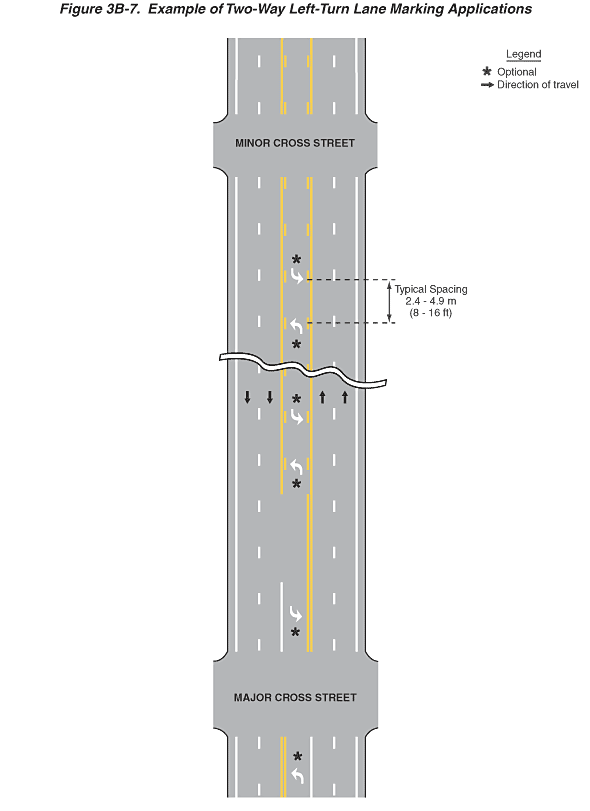
Figure 3B-7. Example of Two-Way Left-Turn Lane Marking Applications
This figure illustrates two-way left-turn lane marking applications.
A vertical five-lane roadway is shown. Black arrows show that the direction of travel is southbound in two left lanes and northbound in two right lanes. A fifth lane is in the center. A solid white line is marked on the right edge of each side of the roadway. Along the entire length of the figure (except within intersections), a broken white line separates the two southbound through lanes and a broken white line separates the two northbound through lanes.
At the top of the figure, the innermost southbound through lane is separated from the center lane by a solid yellow line. A broken yellow line is east of it just inside the center lane. Another broken yellow line is on the east side of the center lane adjacent to a solid yellow line separating it from the innermost northbound through lane.
A horizontal street is shown intersecting the vertical roadway, labeled "minor cross street." South of this intersection, the markings separating each of the lanes are shown continuing in the same pattern as north of the intersection. In the center lane, a white left-turn arrow is shown curving to the south and east. Just beyond it, another white left-turn arrow is shown curving to the north and west. The dimension between these two arrows is labeled "Typical Spacing, 2.4 - 4.9 m (8 - 16 ft)." An asterisk next to each arrow denotes optional.
In the middle of the figure, a wavy white line across the width of the roadway indicates a discontinuity. South of this line, a second set of opposing white left-turn arrows is shown in the center lane. An asterisk next to each arrow denotes "optional."
Just south of these arrows, the broken yellow lines in the center lane are not shown. After a short distance, a second solid yellow line is shown adjacent to the solid yellow line separating the center lane and the innermost northbound through lane. Beyond this point, a solid white line is shown separating the center and the innermost southbound through lane, and a white left-turn arrow is shown in the center lane, curving to the south and east. An asterisk next to the arrow denotes "optional."
Just below the left-turn arrow, an intersection is shown of the vertical roadway with a horizontal street labeled "major cross street." South of this intersection, another white left-turn arrow is shown in the center lane, curving to the north and west. An asterisk next to the arrow denotes "optional." South of the intersection, a solid double yellow line separates the center and the innermost southbound through lane, and a solid single white line separates the center and the innermost northbound lane.
A legend shows a black arrow indicating the direction of travel in the lanes, and an asterisk indicates optional.
